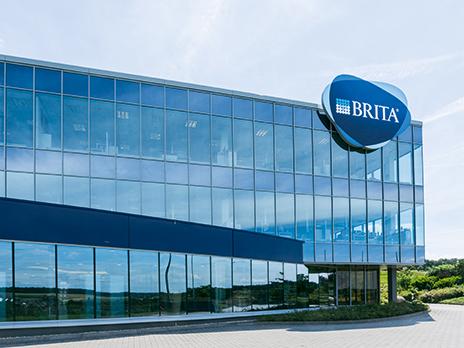It starts by looking at where we don’t need things at all – excess purchases, unnecessary or too much packaging - and to dematerialise or reduce what we consume. Reuse comes next, centred around a fundamental shift in mindset. Products generally have much longer, and more, lives than we give them. If they don’t, there’s a design opportunity – we need to move past the concept of single use items and an economy of planned obsolescence. For businesses, that means designing responsibly manufactured products that last. It’s also about expanding the service we offer to our customers in a way that extends that lifespan, offering maintenance, repairs, refurbs, refreshes, and an opportunity to pass that on to another person for a second life.
And when the product is truly at the end of its life, it’s about taking it back or providing avenues for it to be broken down into component parts and recycled- the last element of the waste hierarchy. There are so many products which we still don’t know what to do with at the end of their life- tech, worn out trainers, textiles, and other non-conventionally recyclable items. They sit in a drawer or a closet, or wind up in landfill. It’s a huge space we’ll need to see businesses stepping into – offering take-back schemes, partnering with organisations to help break down and recycle those items, and working them back into production.
We need to think -how can our waste products (or others’) become manufacturing materials? What kind of materials does our production rely on, and what alternatives are out there? We’ve seen so many great examples: end-of-shelf-life bread and fruit being used to make beer, would-be wasted beer being used to power breweries, coffee husks and corn starch waste being used for packaging, agricultural waste being used to keep cooking oil fresher and generating thermal energy to the grid in the process, cooking oil being used for biofuels … we need to see more of those innovative ideas and set ourselves the target of being zero waste.
How can ensuring machine longevity help businesses and the planet?
From a carbon, net zero perspective, there are a lot of benefits. As businesses, we’re responsible not only for the energy and emissions associated with our own raw material extraction and production processes, but also for the ultimate use and disposal of the product by our customers.
Creating products that are built to last, to be reused, to be passed on, and to have multiple lives, means using fewer raw materials, or materials at all. It also means lower energy emissions and costs through businesses’ own direct production funnels, and lower logistics and transportation costs. There are fewer waste pick-ups, fewer materials to landfill or incineration, and fewer materials to recycling, which in and of itself is still a high energy process.
There are so many benefits, both environmentally as well as from a pure efficiency and profit point of view. We need to do better. If not for the planet and the people on it, building resilience into our processes just makes business sense. The cost of inaction is far higher than the cost of action. It’s about how long we can do what we’re doing. If our businesses are reliant on finite, at-risk natural resources and supply chains that depend on areas at risk from climate change impacts, we’re in trouble. We need to understand the finite nature of resources on which our businesses depend, and the impacts of water use and land conversion, biodiversity, and climate change. It’s our supply chain resilience, and our customer service. And when it comes to replacing that fast income stream of new sales, moving into repairs, refurbishes, and reselling can fill a big gap.
Over time, the items we buy and sell will be priced to reflect their real cost, including their impacts on the planet and the nature of the materials from which they’re made. There’s still an opportunity for businesses to lead, differentiate, and gain brand benefit from innovating in this space. But it’s closing, and pretty soon this will be the bare minimum expected of business as usual.





